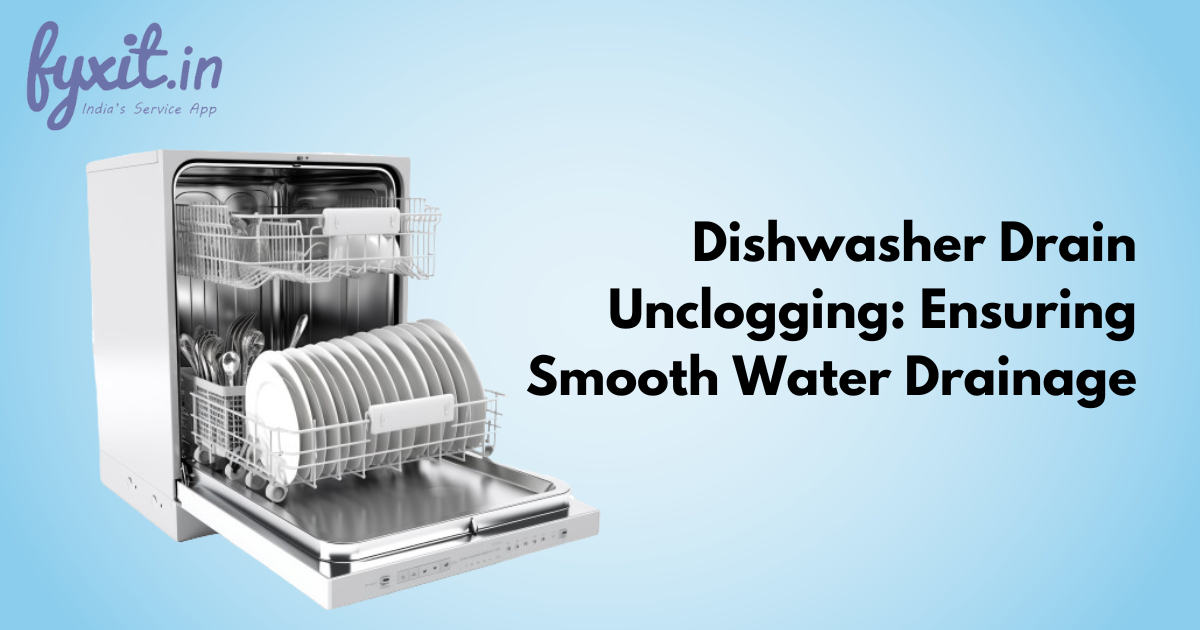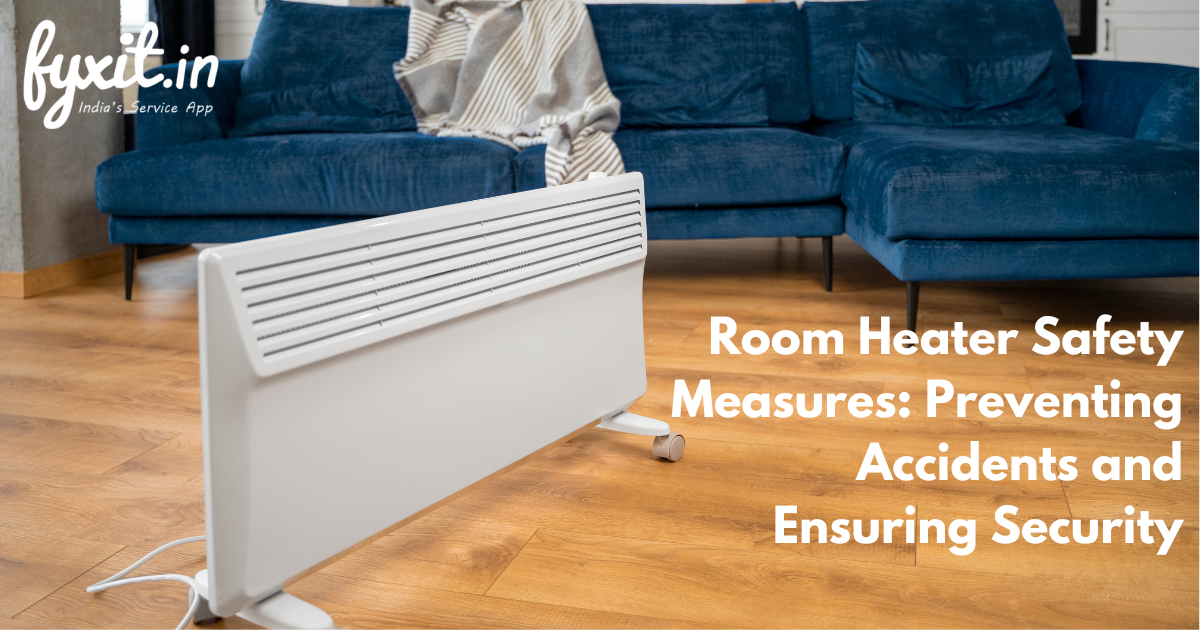The advent of robotic vacuum cleaners has not only revolutionized the way we clean our homes but has also become a transformative boon for individuals facing mobility challenges. For those with limited mobility, the task of conventional vacuuming can be physically demanding and sometimes impossible. Robotic vacuum cleaners, equipped with advanced technology, bring a new level of accessibility to household chores. This article explores how robotic vacuum cleaners have become a vital tool, providing independence, convenience, and improved living conditions for individuals with mobility challenges.
Table of Contents
Understanding Mobility Challenges
Diverse Mobility Issues:
Mobility challenges can arise from various conditions such as arthritis, muscular dystrophy, spinal cord injuries, and aging-related issues. These challenges affect an individual’s ability to move freely and perform everyday tasks, including those related to home maintenance.
Impact on Household Chores:
Vacuuming, a seemingly routine household chore, can be a formidable task for individuals with mobility challenges. The physical exertion required to push, pull, and maneuver a traditional vacuum cleaner can be a significant barrier, limiting independence and potentially causing discomfort or injury.
The Rise of Robotic Vacuum Cleaners
Autonomous Cleaning Technology:
Robotic vacuum cleaners, often referred to as robovacs, are equipped with autonomous cleaning technology. These devices can navigate and clean a living space without direct human intervention. This technology has proven to be a game-changer for individuals facing mobility challenges.
Sensors and Smart Navigation:
Robotic vacuum cleaners are equipped with an array of sensors and intelligent navigation systems. These sensors enable them to detect obstacles, avoid collisions, and map out the cleaning area. This smart navigation ensures efficient cleaning without the need for manual guidance.
Benefits for Individuals with Mobility Challenges
Independence and Autonomy:
Robotic vacuum cleaners provide individuals with mobility challenges the ability to maintain a clean living environment independently. The autonomy these devices offer can significantly enhance the quality of life, fostering a sense of self-sufficiency and reducing reliance on external assistance for basic household tasks.
Effortless Operation:
Traditional vacuuming requires physical effort, including pushing and pulling a heavy machine. Robotic vacuum cleaners eliminate this physical strain, allowing users to initiate and control cleaning operations effortlessly with a remote control, smartphone app, or voice commands.
User-Friendly Interface
Remote Control and Apps:
Many robotic vacuum cleaners come with user-friendly interfaces, including remote controls and smartphone apps. These interfaces enable individuals with mobility challenges to start, stop, schedule, and customize cleaning sessions without the need to bend, reach, or exert physical effort.
Voice Commands and Smart Assistants:
Integration with voice command platforms and smart assistants, such as Amazon Alexa or Google Assistant, further enhances accessibility. Users can simply issue verbal commands to start or stop the cleaning process, making it easy for those with limited mobility to control the device from a seated or resting position.
Adaptability to Varied Flooring
Transition Across Surfaces:
Robotic vacuum cleaners are designed to seamlessly transition across different flooring surfaces, including carpets, hardwood, and tiles. This adaptability ensures comprehensive cleaning, catering to the diverse needs of individuals with mobility challenges living in homes with mixed flooring types.
Avoidance of Stairs and Drops:
Equipped with cliff sensors, robotic vacuum cleaner can detect changes in elevation, preventing them from falling down stairs or ledges. This safety feature is particularly beneficial for users with mobility challenges who may find it difficult to block off or monitor specific areas manually.
Time and Energy Savings
Automated Cleaning Schedules:
Robotic vacuum cleaners allow users to schedule automated cleaning sessions. This feature not only ensures regular cleaning but also saves time and energy for individuals with mobility challenges who may have limited physical stamina.
Multi-Room Cleaning:
Advanced models of robotic vacuum cleaners can clean multiple rooms in a single session. This efficiency is advantageous for users with mobility challenges who may find it challenging to move from room to room during traditional vacuuming.
Maintenance and Accessibility Features
Easy Dustbin Emptying:
Robotic vacuum cleaners are designed with accessibility in mind, even for maintenance tasks. The dustbin is typically easily accessible, allowing users to empty it without the need for strenuous bending or lifting.
Self-Charging Capabilities:
Many robotic vacuum cleaners come with self-charging capabilities. After completing a cleaning session or when the battery is low, the device autonomously returns to its charging dock. This eliminates the need for users with mobility challenges to manually retrieve and connect the device for charging.
Overcoming Barriers to Adoption
Affordability and Accessibility:
While the benefits of robotic vacuum cleaners for individuals with mobility challenges are evident, cost can be a potential barrier. Efforts to make these devices more affordable and accessible through subsidies, grants, or insurance coverage can help overcome financial constraints.
Education and Training:
Proper education and training on the use and maintenance of robotic vacuum cleaner is crucial for effective adoption. Ensuring that individuals with mobility challenges are well-informed about the features and functionalities of these devices can enhance their confidence in incorporating them into their daily lives.
Conclusion
Robotic vacuum cleaners represent a technological breakthrough that extends beyond mere convenience, offering a lifeline to individuals with mobility challenges. These devices empower users to reclaim independence in managing their living spaces, significantly improving their overall well-being. As technology continues to evolve, the integration of accessibility features in household appliances holds great promise for fostering inclusivity and enhancing the lives of individuals facing mobility challenges. The marriage of innovation and accessibility exemplified by robotic vacuum cleaner paves the way for a future where technology becomes a true enabler of independence and equality.



